You will need:
- A packet of gummy bears
- Salt
- At least two bowls
- Water
- Optional; sugar, stopwatch and either measuring scales or a ruler
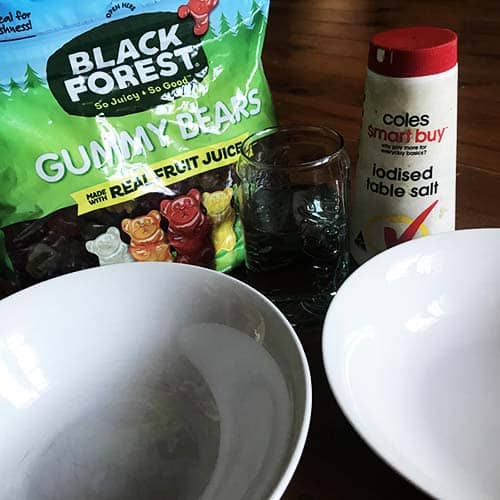
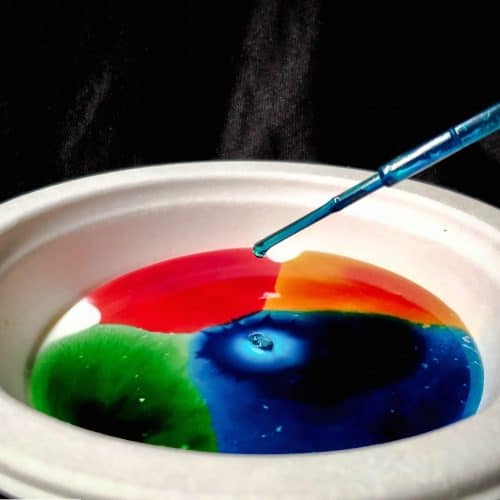
School science visits since 2004!
– Curriculum-linked & award-winning incursions.
– Over 40 primary & high school programs to choose from.
– Designed by experienced educators.
– Over 2 million students reached.
– Face to face incursions & online programs available.
– Early learning centre visits too!
What is happening?
The gummy bear experiment is all about osmosis. This is the process where water will move into areas where there is less water, i.e. from a dilute solution to a more concentrated solution. The gummy bear is semi-permeable to water (i.e it can let water molecules into it but not larger molecules), which means the water was able to move into the gummy bear.
This process happened much faster when the gummy bear was in pure water, as the water concentration difference between pure water and the gummy bear was the greatest. The gummy bear in the saltwater didn’t swell as quickly as the water concentration difference between the saltwater and the gummy bear was less different. We call this difference a concentration gradient. The gummy bear in the saltwater didn’t get as large either as the water stopped moving into the gummy bear once the water concentration in the gummy bear and the saltwater became the same.
Vocabulary
Hypertonic Solution
A hypertonic solution has more salt or sugar (solute) than the inside of a cell. When a cell is placed in this solution, water moves out of the cell. The cell shrinks because it loses water. Under a microscope, the cell looks wrinkled.
Isotonic Solution
An isotonic solution has the same amount of salt or sugar as the inside of a cell. When a cell is placed in this solution, water moves equally in and out. The cell doesn’t change and stays healthy.
Hypotonic Solution
A hypotonic solution has less salt or sugar than the inside of a cell. When a cell is placed in this solution, water moves into the cell. This makes the cell swell up, and it might even burst open. Under a microscope, the cell looks very full and round.
Application
Within your body, the cell membrane controls what enters and leaves your cells using osmosis. The different concentrations of sugar, proteins, DNA, and water between the inside and outside of the cell allow for the materials to flow in and out of the cell. But unlike our gummy bears, which are semi-permeable, our cells are selectively permeable, meaning that this process only allows specific material to enter and exit the cell membrane.
Variables to test
- Try differing amounts of salt or sugar in the water. Can you predict the change in size as the salt or sugar concentration in the water increases?
- What happens if you try hot, warm and cold water?
- Does the colour of the gummy bear matter?
Chemistry Capers
Years K to 6
Maximum 30 students
Hands-on science workshop
60 or 90 minutes
Online Class Available
Working with Water
Years K to 2
Maximum 30 students
School workshop (NSW & VIC)
60 or 90 minutes
Online Class Available
STEM Full Day Accelerator - Primary
Designed from real classroom experiences, this modular day helps you create consistently effective science learning that directly address the new curriculum with easily accessible and cost-effective materials.
Hands-on Kids Science Party
>20 hands on science experiments
Gigantic bubbles
Slime making
Professional science show
From $395 inc. GST
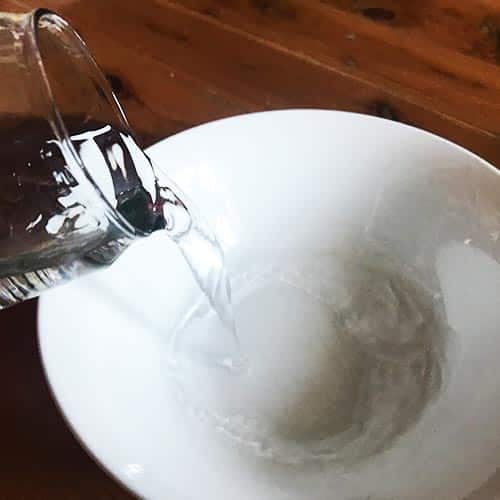
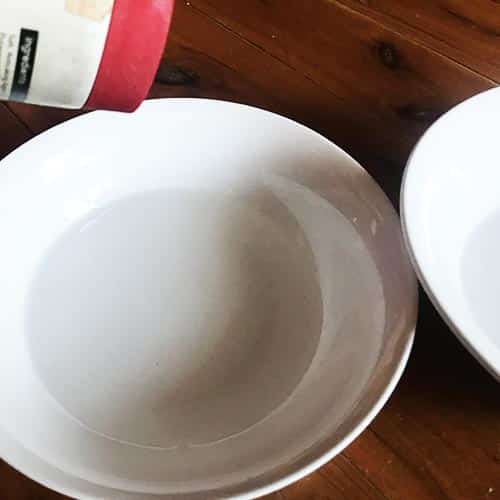
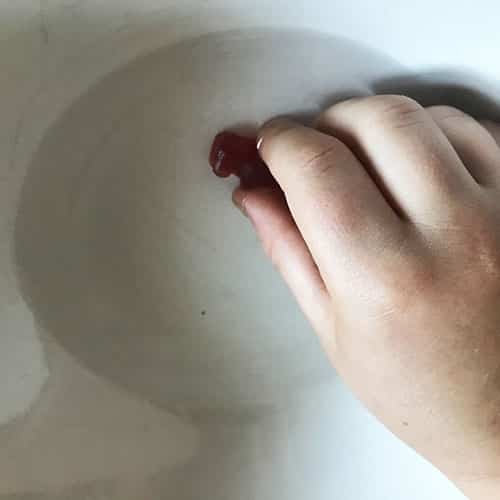
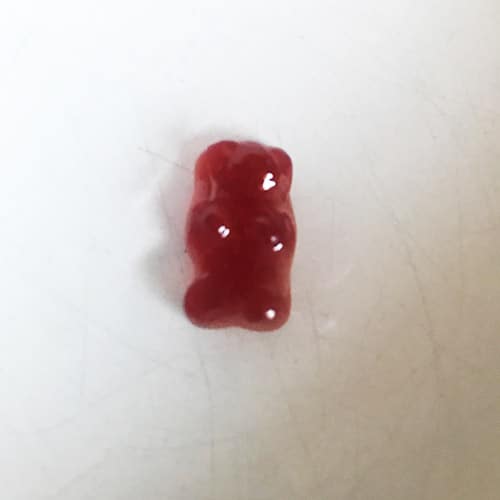
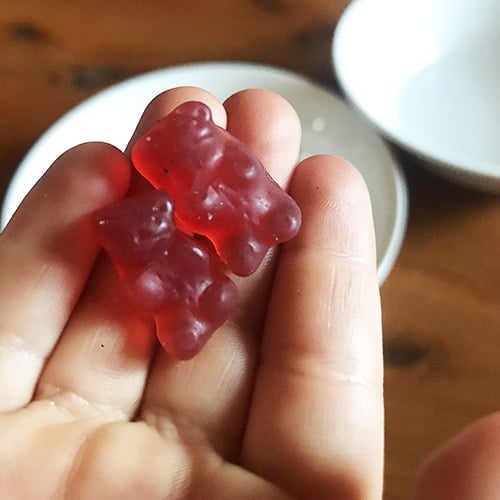
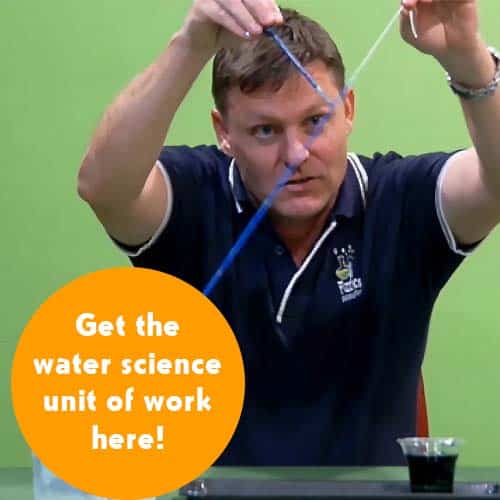

























nice
Like the one on Osmosis and sinking the boat. Simple and easy for Content Language Integrated Learning in elementary school of Taiwan.
We’re glad that you enjoyed these experiments Joseph! There are over 150 free experiments on this site, all designed for elementary students using simple materials. Lots to do for curious minds!
Cool
Hi, I did this with a Yr 5 class. I am a casual teacher and there was no work left so as part of the day we did this. It does require a bit of time to set up and sit. We started in the middle session and looked at the results at the end of the day. We did instructional writing (Literacy), we measure the gummi bears before and after in cms (Measurement), we looked compared sizes before and after and engaged in scientific thinking on what else we could test this way. We had a wonderful time making predictions and then the students put the gummi bears back into the solutions to see what would happen overnight. In between other activities, this experiment kept the student focus throughout the day. Thank you Fizzics!
That’s fantastic to hear Katherine! We love that science can be used for multiple student outcomes and this is certainly a great experiment to watch over time. Love it 🙂
Thats cool
Glad you liked this science activity!
Good experiments to start basic chemistry ideas for my grandson.
That’s great to hear Sharon! We’re glad that you have found these free experiments useful for your family 🙂
What would happen if sugar was used instead of salt?
Why would it Expand or Decrease size?
Try it out! This experiment is about water moving from higher concentration of water to lower concentration of water. Adding salt or sugar to the water still should change the water’s movement. Let us know the results!
Would this be good for a science fair
Sure would! Let us know how you go 🙂
amazing
This website helped me deffenitily
We’re glad it did, thanks for using it!
This website helped me alot for my science fair
That’s awesome, thanks for using it!
This website is very new user friendly and good for students to get information for their assignments, it could be more helpful to maybe add some scientific references/terms and delve deep into osmosis and about the cell membrane of the gummy bear.
Otherwise, overall, amazing! 😊
Great idea – thanks & now added!
We’re glad that this page is helpful for you 🙂